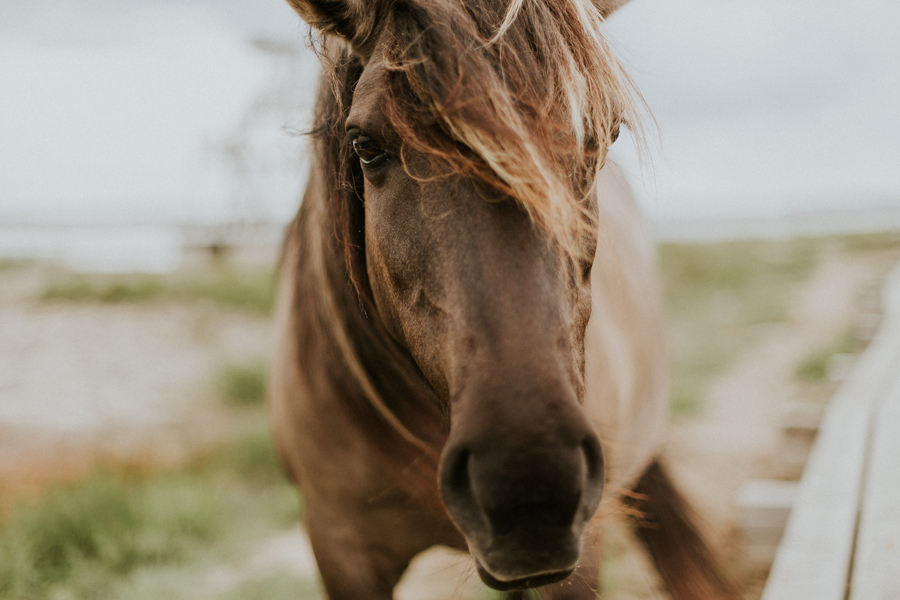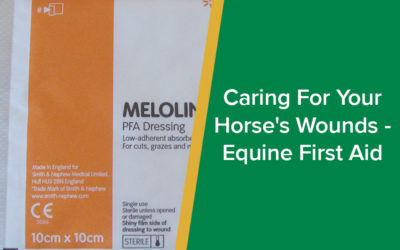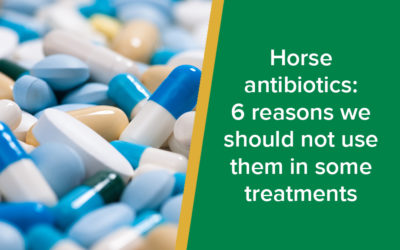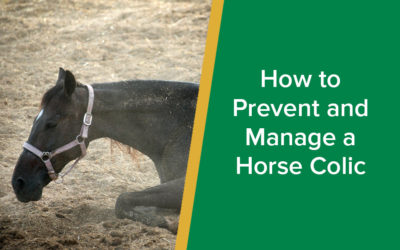Could your horse have equine asthma?
Equine asthma is a relatively new collective term to describe respiratory diseases which were previously known as RAO (Recurrent Airway Obstruction), COPD (Chronic Obstructive Pulmonary Disease), IAD (Inflammatory Airway Disease) or Heaves.
What is Equine Asthma?
Equine asthma is an inflammatory condition in horses caused by the inhalation of material which causes an allergic reaction within the airways. The allergic reaction tends to occur at the level of the smaller airways such as the bronchioles and alveoli (gas exchange chambers), leading to an excessive production of mucus in the alveoli and thickening of the small airways. These changes then begin to obstruct the lower airways, meaning that the horse finds it more difficult to breathe.

What Can Cause Equine Asthma?
Similarly to human asthma, the substance which causes the allergic reaction varies between individuals, depending on what that individual is allergic to. Some animals may be allergic to a multitude of substances and it can be difficult to work out exactly what it is that is causing the reaction.
Common examples of allergens include:
- Dust from feeds such as hay
- Pollen
- Moulds
- Animal hair
What Are The Symptoms?
The symptoms can vary in severity from mild to severe, depending on the degree of reaction that the horse’s body takes to the allergic substance.
Common symptoms include:
- Coughing
- Wheezing
- Nasal discharge
- Increased respiratory rate and effort
- “Heave” line – this is caused by an increase in respiratory effort, meaning the horse needs to use his abdominal muscles to aid breathing
- Reduced tolerance for exercise
- Acute attacks of respiratory distress (usually due to repeated exposure to allergens)
How Do We Diagnose Equine Asthma?
A presumptive diagnosis of equine asthma is usually made based on the history, clinical signs and findings of an examination.
A more definitive diagnosis can be achieved by performing endoscopy of the airways – this allows us to visualise the upper respiratory tract and obtain samples by bronchoalveolar lavage (BAL). The BAL samples can then be submitted for testing to diagnose the exact disease process that is causing the clinical signs.
How Do We Treat Equine Asthma?
The treatment plan would be tailored to each individual horse based on the severity of the symptoms that they are showing and a variety of different drug types may be required to achieve adequate relief. The main aims of treatment would be to:
1.
2.
3.
Reduce exposure to allergens
Reduce bronchoconstriction
Reduce inflammation
Reducing exposure to allergens is probably the most important part of the treatment plan and in some mild cases, adequate relief of symptoms can be achieved simply by making some management changes. Examples of this would include turning horses out, improving ventilation within stables, feeding only soaked hay and wearing a nose net when turned out.
The most common drugs that we use in cases of equine asthma would be corticosteroids and bronchodilators. They are available in a variety of different formulations including inhaled products, oral preparations and injectable solutions, meaning that treatment can be tailored to each individual case. Corticosteroids are a potent anti-inflammatory and provide symptomatic relief from airway inflammation. However, we are sometimes cautious about the use of these drugs due to the potential of causing laminitis when used. Bronchodilators help to open up the airways and improve airflow within the smaller airways. Both of these drug classes can provide symptomatic relief but do not cure the underlying issue so attempts must also be made to reduce the horse’s exposure to allergens.
A new drug has recently been made available for the treatment of equine asthma. If you have a horse with equine asthma, or suspect that your horse may have equine asthma, please do not hesitate to contact one of our equine vets on 01382 811111.



